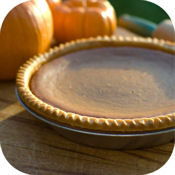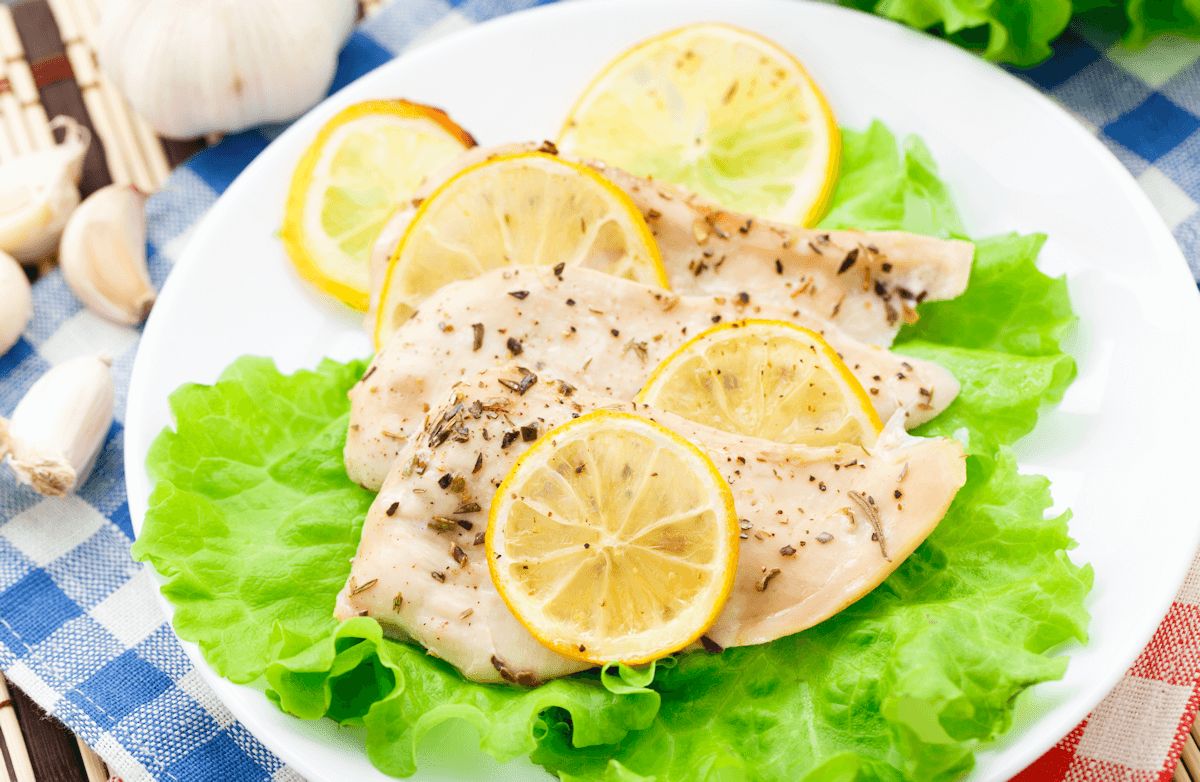 We eat them in pies, pick them for fun, carve them and paint them. Their illuminated faces light our porches every year. Cinderella even rode to the ball in one!
We eat them in pies, pick them for fun, carve them and paint them. Their illuminated faces light our porches every year. Cinderella even rode to the ball in one! We have a thing for pumpkins, especially this time of year. But did you know that pumpkins, and the rest of the winter squash family, are just as packed with vitamins as they are with fun? A one-cup serving of winter squash contains almost double the Recommended Daily Allowance (RDA) of Beta-Carotene, and lots of vitamin C, niacin, phosphorus, potassium and fiber, too. Native Americans considered squash so important that they buried it with their dead to nourish them in the afterlife. In fact, current research has proven their hunch, citing the anti-cancer and health-enhancing properties of this ancient vegetable. Navigating the world of winter squash may seem intimidating for the first-timer, so let's first cover the basics. Winter Squash 101 Winter squash is a member of the Cucurbitaceous family and comes in many different varieties, differing widely in shape, color, size and flavor. But all winter squash have an inner cavity filled with seeds and a stringy pulp, and an outside of hard protective skin. This skin allows the squash to be stored into the winter (up to six months after its fall harvest), giving the vegetable its name. The flesh (the part you cook) is between the inner cavity and the skin. Peak buying season for winter squash is October through December, when a large selection is available at most local groceries. The many varieties of winter squash can be divided into two categories.
Cooking Methods So how do you get past that tough exterior to the sweet and nutritious goodness that's inside? Here are the three basic cooking methods for all winter squash.
Continued › |
Pumpkins Pack More than Just Fun!
Don't Just Carve Them--Eat Them
Page 1 of 2 Next Page ›






Member Comments